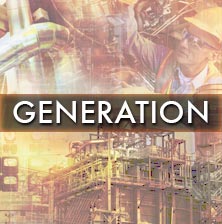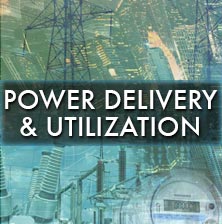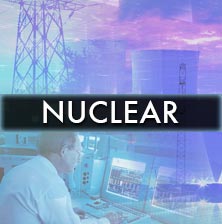The following is a small selection of items recently published by EPRI. To view complete lists of your company-funded research reports, updates, software, training announcements, and other program deliverables, log in at www.epri.com and go to Program Cockpits.

This report provides an overview of major innovative technologies expected to increase the efficiency of the next generation of gas turbine and combined cycle plants in the next 10-15 years. Technologies applicable to the gas turbine are the primary focus. Heat recovery steam generators, steam turbines, and balance-of-plant technologies are also explored.

This research documents the current knowledge of safety hazards associated with battery energy storage facilities, identifies worker and first responder practices at these facilities, identifies knowledge gaps, and discusses future research to promote safety. Researchers reviewed the published literature, codes, standards, and regulations, and conducted interviews with first responders.

This report assesses smart city lighting technology, which includes the control and monitoring of streetlights along with dimming capability, power measurements, and communication.

The high cost of carbon capture and storage technologies has slowed its deployment. This report examines the possibility of one concept proposed to offset the high costs: using the CO2 for energy storage.

EPRI’s cost-benefit analysis framework for microgrids can help assess the value proposition of various microgrid designs, use cases, technology mixes, ownership configurations, and other attributes. This report discusses the framework’s application, design parameters, assumptions, and modeling stipulations along with findings, takeaways, and lessons for two microgrid feasibility studies.

This research assesses the costs and benefits of implementing autonomous smart inverter functions to control their power output. Results are intended to inform (1) investment and operational decisions aimed at increasing distribution solar adoption and (2) decisions related to compensation mechanisms for distributed energy resources.

Western pressurized water nuclear reactors (PWRs) use lithium-7 to control the pH of coolant water and minimize corrosion of fuel and materials. Because of vulnerabilities in the lithium supply, nuclear plant operators are considering potassium hydroxide as an alternative. This research aims to identify the experiments and documents necessary to qualify the application of potassium hydroxide with nuclear fuel in PWRs. The report consists of a literature review and a description of fuel reliability requirements.

This research evaluated two nondestructive evaluation technologies—dynamic response spectroscopy and pulsed eddy current—that do not require direct contact with power plant components and can be used to examine them through carbon-fiber-reinforced polymer and insulation.

This report examines wireless sensors that can be deployed cost-effectively at nuclear plant switchyards to support condition-based maintenance.

This report discusses data collection for the use of machine learning for locating utility assets, assessing storm damage, and identifying critical changes in distribution grids.

Nuclear plants are evaluating the potential for a second license renewal, which would allow for operation to 80 years. This report provides a plan to extend the integrated surveillance program for a second license renewal.

This reference book provides transmission companies with comprehensive guidance on designing, building, operating, and extending the life of HVDC transmission systems.